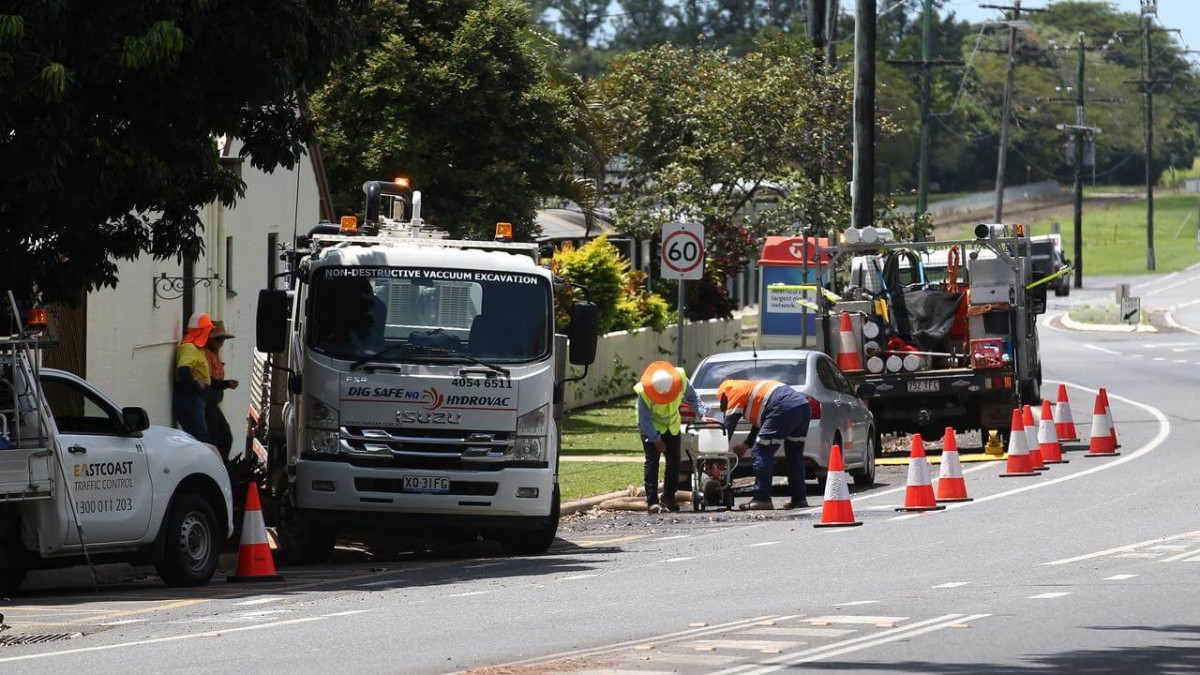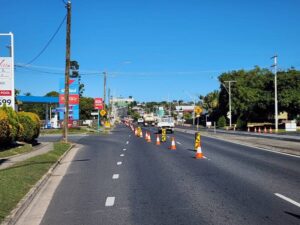Temporary traffic control is a critical aspect of road safety management in Australia. When road work or construction is being conducted, temporary traffic control measures are necessary to ensure the safety of road workers and the general public. In this article, we will explore the importance of safety when conducting temporary traffic control on Australian roads.
The primary purpose of temporary traffic control is to safely manage traffic flow around a work zone. This includes directing vehicles, cyclists, and pedestrians around the work area and managing the speed and behaviour of road users. In addition to ensuring the safety of road workers, temporary traffic control is also essential for maintaining the safety of road users and preventing accidents.
One of the key challenges of temporary traffic control is maintaining the safety of road users while minimizing traffic disruption. This requires careful planning and execution of traffic control measures to ensure the smooth flow of traffic while minimizing delays and inconvenience. Traffic management plans must be developed in advance and should be reviewed regularly to ensure their ongoing effectiveness.
Ensuring the safety of road workers is another critical aspect of temporary traffic control. Work zones can be hazardous environments, and road workers are exposed to a range of risks, including traffic hazards, heavy machinery, and falling objects. As a result, strict safety protocols must be in place to protect road workers, including the use of personal protective equipment, barriers, and signage.
Effective communication is also essential for maintaining safety in temporary traffic control zones. Clear and concise signage must be used to guide road users safely through the work zone, and flaggers must be used to direct traffic and ensure the safety of pedestrians and cyclists. Communication between road workers and other stakeholders, such as local councils and emergency services, is also critical for managing unexpected events and ensuring an effective response to emergencies.
Finally, regular monitoring and evaluation of temporary traffic control measures are essential for maintaining safety. This includes monitoring traffic flow, identifying potential hazards, and regularly reviewing and updating traffic management plans. Regular training for road workers and stakeholders is also critical for ensuring ongoing safety and effectiveness.
In conclusion, safety is of utmost importance when conducting temporary traffic control on Australian roads. Effective planning, execution, and ongoing evaluation of traffic control measures are essential for ensuring the safety of road workers and the general public. By prioritizing safety in temporary traffic control zones, we can create safer roads for all road users.





